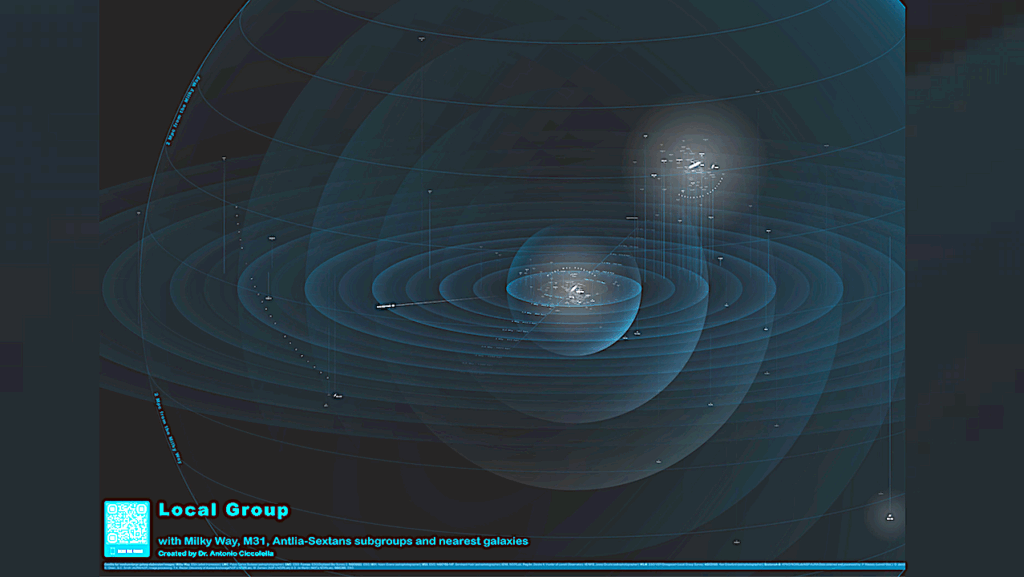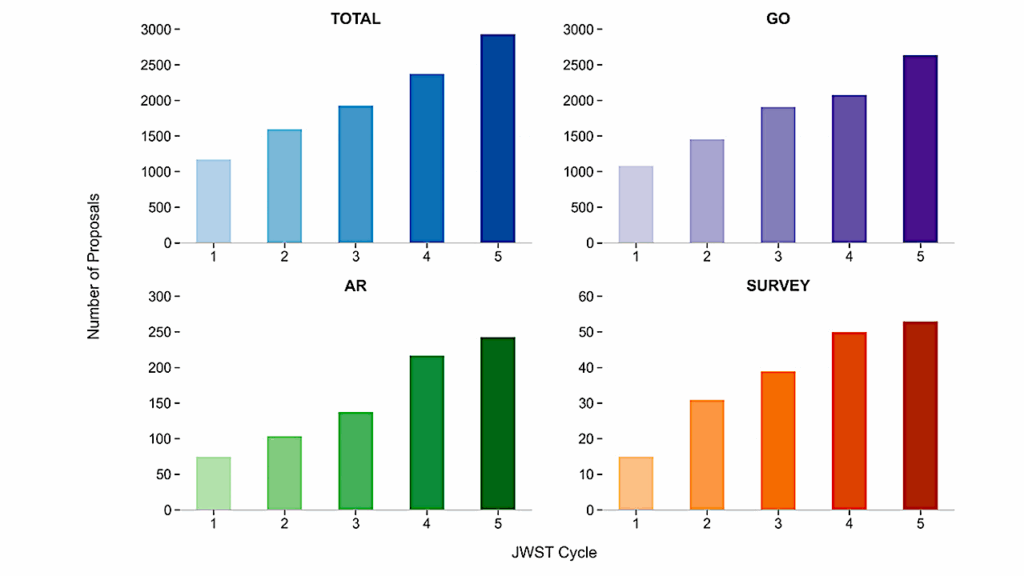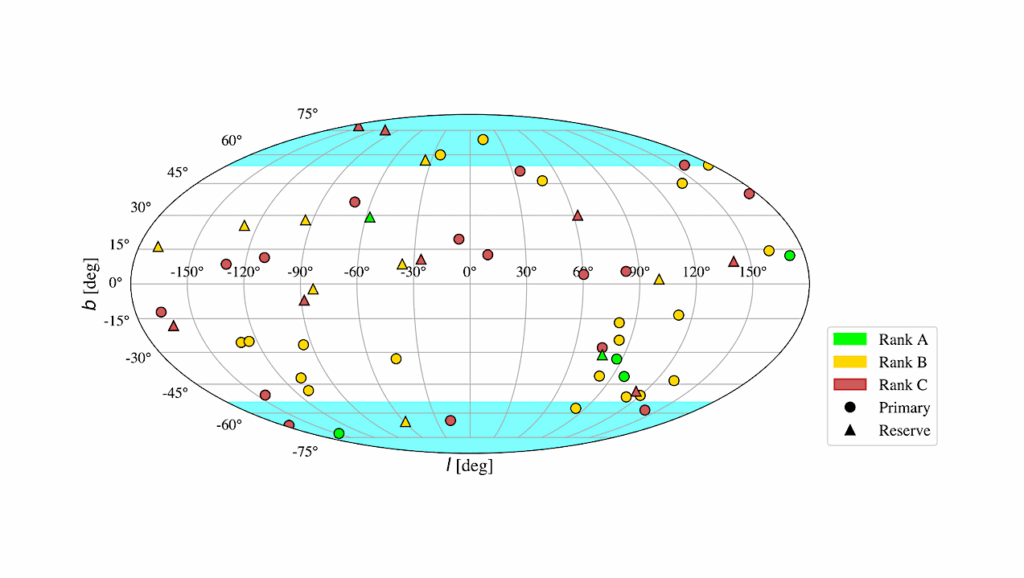Chinese Space Station Telescope: Detecting Exomoons in Free-Floating-Planet Events from Space-based Microlensing Surveys
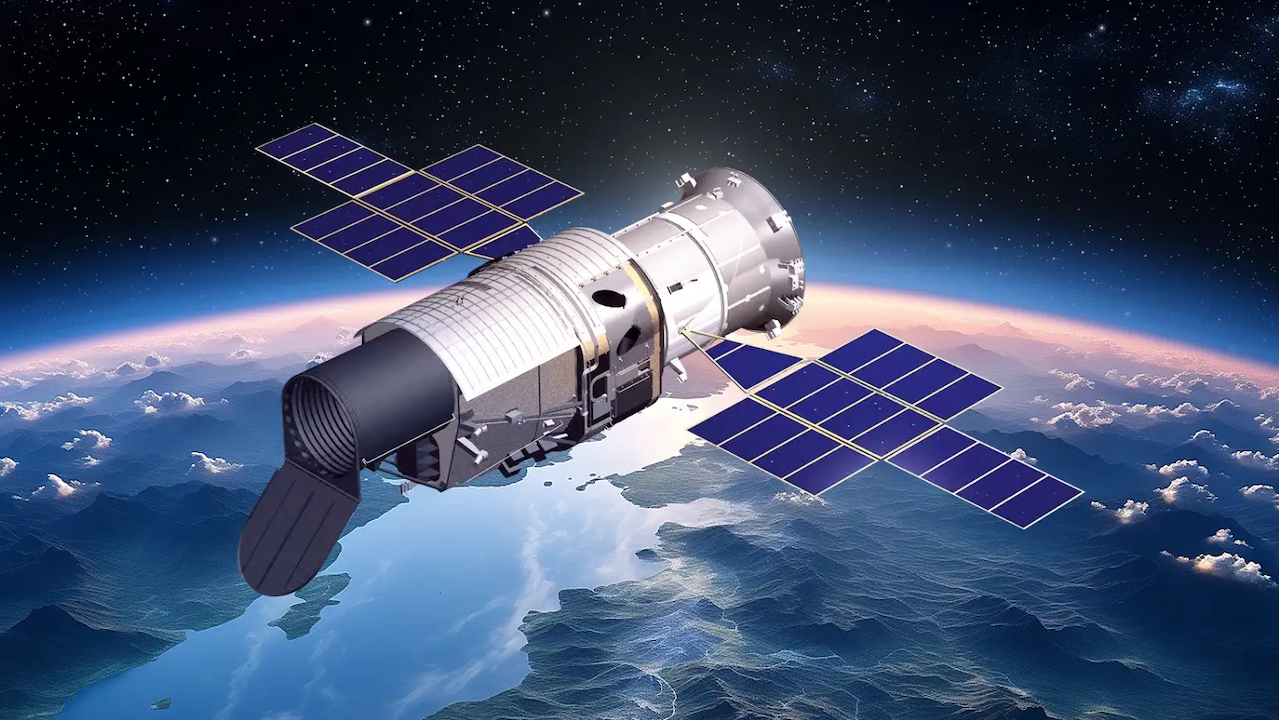
When a planet is ejected from its star-planet system due to dynamical interactions, its satellite may remain gravitationally bound to the planet.
The Chinese Space Station Telescope (CSST) will be capable of detecting a large number of low-mass free-floating planet events (FFPs) from a bulge microlensing survey.
We assess the feasibility of detecting satellites (a.k.a., exomoons) orbiting FFPs by simulating CSST light curves and calculating the detection efficiency as a function of satellite-to-planet mass ratios (q) and projected separations (s) in units of the Einstein radius.
For a Neptune-class FFP in the Galactic disk with a Sun-like star as the microlensed source, CSST can detect Earth-mass satellites over a decade of separations (from ~0.01 to ~0.1 AU) and has sensitivity down to Moon-mass satellites (q~1e-3) at s~1. CSST also has some sensitivity to detect Moon-mass satellites at s~2 (~0.02 AU) orbiting an Earth-mass FFP in the disk. CSST has substantially reduced sensitivity for detecting satellites when the source star is an M dwarf, compared to a Sun-like source.
We also calculate the satellite detection efficiency for the dedicated microlensing survey of the Roman Space Telescope (Roman), which demonstrates greater sensitivity than CSST, particularly for M-dwarf sources. Notably, some of the Neptune-Earth systems detectable by CSST and Roman may exhibit significant tidal heating.

∆χ 2 distributions in the polar coordinate of (log s, α) at log q = −1.5 (left: Earth; right: Neptune). Regions satisfying ∆χ 2 > 100, > 400, and > 900 are color-coded in red, green, and blue, respectively, and the satellites are detected in these regions according to our detection threshold (∆χ 2 > 100). The satellites are undetected in the grey regions. — astro-ph.EP
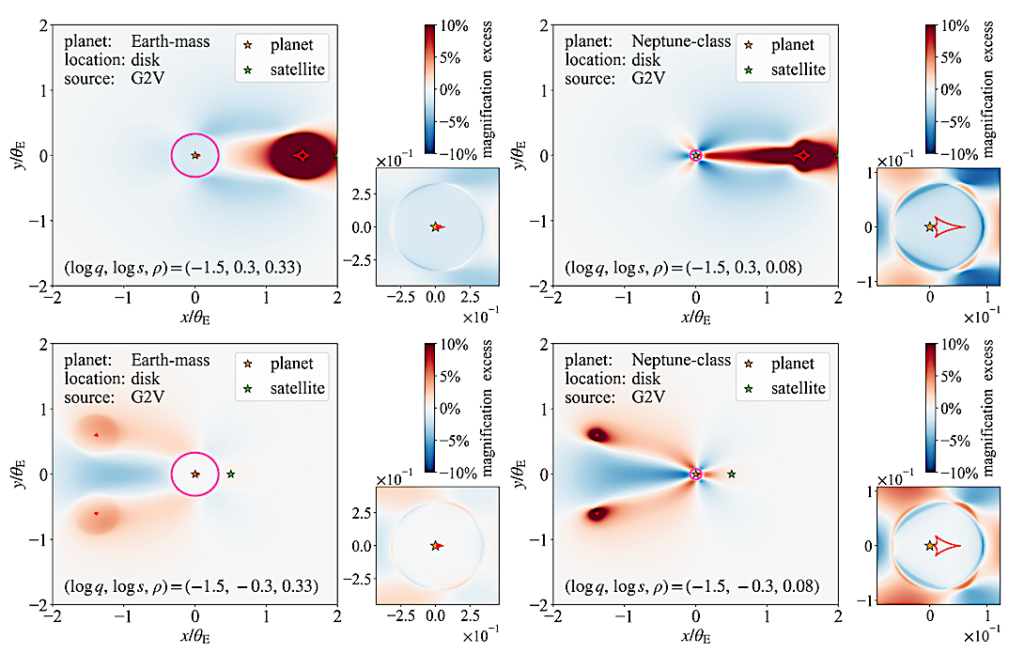
The magnification excess maps for planet-satellite configurations with log q = −1.5 and | log s| = 0.3. The color coding indicates fractional magnification differences between the 2L1S and 1L1S models. The maps with wide-separation (log s = 0.3) and close-separation (log s = −0.3) cases are displayed in the upper and lower panels, respectively. The left and right panels correspond to Earthmass and Neptune-class planets. The x-y coordinates denote the source positions in units of θE, with the positive x-axis aligned in the direction pointing from the planet (gold star) to the satellite (cyan star). Magenta circles indicate the source stars’ sizes (ρ = 0.33 for Earth-mass lenses and ρ = 0.08 for Neptune-class). Caustics are depicted in red, with the central caustic located near the planet and the satellite caustics positioned farther away. Each panel includes a lower-right inset offering a zoom-in view of the central caustics. — astro-ph.EP
Hao-Zhu Fu, Subo Dong
Subjects: Earth and Planetary Astrophysics (astro-ph.EP); Astrophysics of Galaxies (astro-ph.GA)
Cite as: arXiv:2501.04083 [astro-ph.EP] (or arXiv:2501.04083v1 [astro-ph.EP] for this version)
https://doi.org/10.48550/arXiv.2501.04083
Focus to learn more
Submission history
From: Haozhu Fu
[v1] Tue, 7 Jan 2025 19:00:01 UTC (4,612 KB)
https://arxiv.org/abs/2501.04083
Astrobiology,



